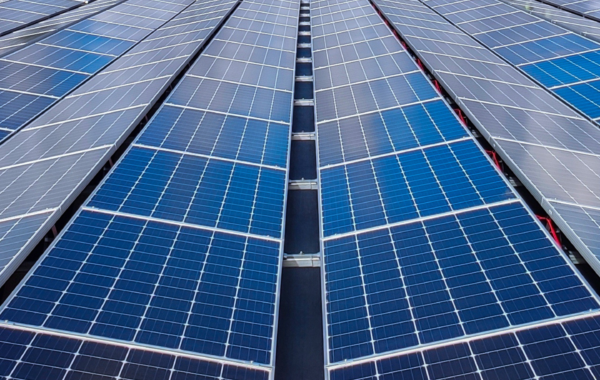
Gordonstoun has made significant strides in lowering its carbon emissions, as part of its ambitious plan to become one of the ‘greenest’ schools in the UK.
The school, set in 200 acres of woodland by the Moray Firth, has achieved a reduction in C02 emissions of almost ten per cent. Gordonstoun has seen a major reduction in the amount of gas, heating oil and fuel for transport used over a 12-month period. The new figures identify the amount of energy used and the associated carbon emissions. Almost 150,000 metric tonnes of C02 were saved – the equivalent of 10,000 hot air balloons.
It comes as the school prepares to launch a new sustainable strategy as part of its commitment to reducing energy and the school’s carbon footprint. Gordonstoun has already launched a series of bold, low carbon measures to help meet its climate targets.
In February, the school opened a new classroom hub, ‘The Queen Elizabeth II Rooms, boasts advanced environmental credentials such as solar PV panels, ground source heating and hi-tech C02 monitoring. Earlier this year, Gordonstoun announced it will invest around £15million in the next phase of its campus masterplan, which will include a new Solar Farm to provide low carbon energy for the school.
Simon Cane-Hardy, Head of Senior School, said:
“A reduction in emissions of almost ten per cent is evidence of our commitment to reducing our energy use and Gordonstoun’s carbon footprint.
“This is a significant step in ensuring the school becomes more sustainable as part of our strategy in moving away from using fossil fuels.
“As Gordonstoun celebrates its 90th anniversary, it’s important that we future proof the school for decades to come. That’s why we are committed to providing our students with the best possible learning environment while being mindful of reducing our carbon footprint.
“All new buildings will be built to the highest environmental standards and the solar farm will eventually provide most of our energy.
“Gordonstoun is leading the way in the UK in how schools can become more sustainable, and we will continue to look at innovative ways to achieve this.”
Using the 2019 Government Environmental Reporting Guidelines and CHG reporting schedule, Gordonstoun’s figures show a reduction in emissions between 2021-22 and 2022-23. Taking into account the amount of electricity used that comes from sustainable sources, total gross emissions have dropped by 9.32% from 1,605,207 metric tonnes of C02 to 1,455,549. Other measures being introduced to reduce energy use include better monitoring of building temperatures, with new thermostats being installed, and reductions in the use of heat and light.
The Queen Elizabeth II Rooms is a model example of how Gordonstoun is innovating to become a low carbon school. The underfloor heating is provided by ground source heating, which involved creating bore holes up to 4o metres deep. Despite being more costly to install than air source heating, Gordonstoun chose the more environmentally friendly option to complete the only building of its type to meet the Scottish Government’s new stringent energy and environmental standards, introduced in February last year.
The solar panels generate enough free energy for four months of the year, while the overall bill for the building has been substantially cut. The new Solar Farm will provide low carbon energy for Gordonstoun and, it is hoped in due course, some of its neighbours. It will be equipped with a battery storage facility that will also deliver important power resilience. Construction is expected to commence later this year and it is expected that the farm will be operational in 2025.
Subscribe / latest articles and news from our schools